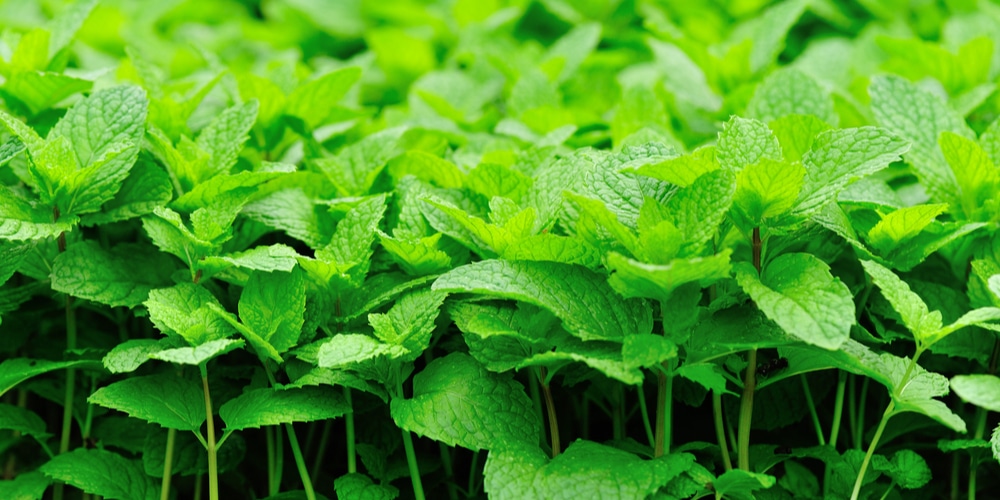When you grow plants, it’s common to run into problems that harm them. One problem with salvias is pests eating the colorful flowers and their leaves. You may wonder ‘ what’s eating my salvia?’
Let’s look at what these pests are and how you can help your salvias. Read on to find out!
What Are Salvias?

You may have salvias in your kitchen along with your garden. These plants are also the common herbs sage and rosemary.
Salvias are plants from the mint family. Oregano and thyme are common herbs from this family.
Salvias tend to have brightly colored flowers that attract pollinators like bees and butterflies. The most commonly grown type of salvia has tall flowers that come in many different colors. They bloom in the summer or fall, and some species have the potential for a second bloom.
What’s Eating My Salvia?
While the strong smell of salvia wards off many animals, there are still many things that will feed on salvia. Snails and slugs are common culprits who love to make a feast out of salvia. You may find overnight that your salvia was destroyed by these sneaky creatures.
Caterpillars are another probable offender. While butterflies enjoy salvia flowers while they are in bloom, caterpillars eat the leaves. You may also find that aphids are eating your salvias. Aphids like to eat plants and can become a serious problem if left unchecked.
What Can I Do?

First, you should determine what is eating your salvia. Check for signs of snails and slugs. Aside from eating the leaves, snails will leave behind a slimy trail as evidence of their presence in your garden. You can check the undersides of the leaves for aphids, as that’s where they like to hide.
To get rid of snails and slugs, you can manually remove them at night. This is when they like to come out. If you find them feasting on your salvia, just pluck them off. You will also need a suitable killing method to ensure the snails and slugs don’t come back for more. One favored way of killing snails and slugs is to put them in a bucket of soapy water, but other similarly humane methods exist.
You can also use bait to control the snail and slugs in your garden. Ensure they are pet safe if you have pets you let into your garden. Otherwise, the poisons could harm your pet.
Similarly, you can use soap and water to prevent aphids from eating your salvia. Spray a mixture on the leaves to keep the pests away. You can also use neem oil, which is commonly used for pest prevention.
What Are Other Common Salvia Problems?
In good conditions, salvias typically don’t have too many problems. However, problems soon arise when their needs aren’t being met.
Sunlight
If your salvias aren’t blooming, they likely aren’t getting enough sunlight. Your salvias need around 6-8 hours of sunlight per day. If you overwater your plants, their leaves may droop. Unfortunately, too much heat can cause droopy leaves. If you water your plants once a day, they should be fine.
Disease
Powdery mildew is another problem that may pop up. This occurs when the leaves can’t get dry in between getting wet. This allows for the fungus we call powdery mildew to grow. It can quickly grow into a bigger problem if left unchecked.
To deal with powdery mildew, you can use a fungicide if it is severe enough. Combating powdery mildew is preventative work, ensuring your other plants don’t get infected. You may see powdery mildew in overcrowded areas. In this case, you should remove any infected parts of your plants. Make sure not to touch the uninfected parts with the pruning shears after you prune the infected bits because that can spread the fungus.
Dispose of infected parts of the plant by throwing them in the trash. Leaving them near the plants can still lead to spread.
What’s Eating My Salvia?: Keep Your Salvia Safe
Don’t panic if you find your salvia was eaten. There are a lot of pretty simple solutions to help your plants get back to good health. Remember to ensure you have the correct cause before taking action. Use safe products for other things in your garden, like pollinators or pets. Now you can enjoy the beauty of your salvia! You may also be interested in finding out what eats’ basil.
